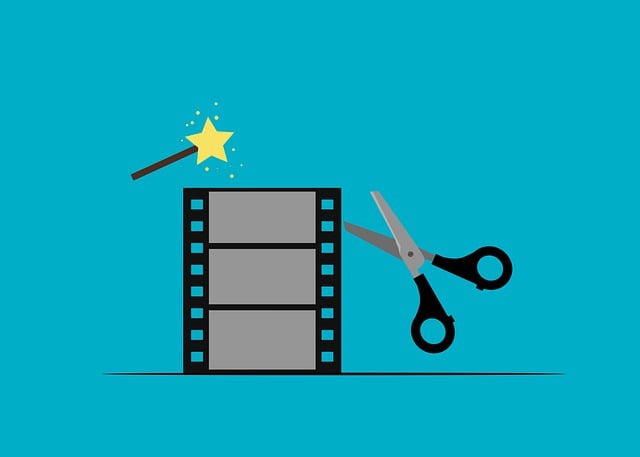Data transfer rates are crucial for efficient conversions like DivX to AVI, impacting processing speed and file quality. DivX's benefits include fast data transfer and compatibility, making it ideal for video sharing. Converting to AVI using tools like HandBrake or VLC speeds up transfers, ensuring high-quality media for online sharing and device storage.
“Experience lightning-fast data transfer with DivX format. This article demystifies the fundamentals of data transfer rates, highlighting why DivX is a preferred choice for efficient file sharing. Learn how to seamlessly convert DivX to AVI using a straightforward step-by-step guide. Additionally, discover optimization tips to maximize transfer speed and video quality. By the end, you’ll be equipped to master fast and seamless data transfers with DivX to AVI conversion.”
Understanding Data Transfer Rates: The Basics

Data transfer rates, a fundamental concept in computing, refer to the speed at which data is moved from one location to another. These rates are typically measured in megabits per second (Mbps) or gigabits per second (Gbps), indicating the volume of data that can be transferred in a given time frame. Understanding data transfer rates is crucial when converting formats like DivX to AVI, ensuring smooth and efficient file transfers without loss of quality.
When converting video files from DivX to AVI, for instance, the data transfer rate plays a significant role in determining the processing time and overall success of the conversion. A higher data transfer rate allows for quicker movement of raw video data, resulting in faster conversion times. This is especially important for lengthy videos or when dealing with high-resolution content, where efficient data handling is key to maintaining file integrity and minimizing delays.
Why Choose DivX Format for Efficient Transfers?

Choosing the DivX format for data transfer offers significant advantages in terms of speed and efficiency. DivX is a powerful video compression codec known for its ability to deliver high-quality video while maintaining small file sizes. This makes it an ideal choice for fast data transfers, especially over limited or unstable network connections.
Converting videos to the DivX format before sharing or storing them can be beneficial when considering the popularity of online video sharing platforms and streaming services. Many devices and software applications support DivX playback, ensuring compatibility across various platforms. Additionally, the DivX codec’s ability to compress video files effectively means users can enjoy high-definition content without sacrificing storage space, which is particularly useful for those who need to transfer large media libraries.
Converting DivX to AVI: A Step-by-Step Guide

Converting DivX to AVI is a straightforward process, especially with the right tools. This method ensures fast and efficient data transfer rates, making it ideal for sharing videos online or on portable devices. Here’s a step-by-step guide to help you achieve this easily.
First, download and install a reliable video converter that supports DivX input and AVI output. Many free options are available, such as HandBrake or VLC Media Player. Open the converter and import your DivX file by clicking “Add” or “Open.” Then, choose AVI as the desired output format from the list of available profiles. Adjust any settings if needed, like resolution or bitrate, to match your preferences or device requirements. Finally, click “Convert” and let the process complete. Once finished, you’ll have a new AVI file ready for viewing or sharing.
Optimizing Your Transfers for Speed and Quality

To optimize your data transfer rates, ensuring both speed and quality, consider using suitable conversion tools for formats like converting DivX to AVI. Different codecs offer varying levels of compression and quality, directly impacting transfer times and file integrity. DivX, known for its high-quality video at smaller file sizes, might not always be the best choice for quick transfers due to its complex structure. Converting it to a more compatible format like AVI can significantly speed up the process while maintaining acceptable picture quality.
Using efficient conversion software tailored for multimedia files can make a substantial difference. These tools often employ advanced algorithms to streamline the conversion process, minimizing loss in quality and optimizing file sizes for faster transfers. By selecting the right format and utilizing such software, you can ensure your data travels efficiently across networks, whether it’s for sharing videos, streaming content, or transferring media libraries between devices.
The article has explored various facets of enhancing data transfer rates, emphasizing the importance of choosing the right format. By understanding the fundamentals of data transfer and optimizing your files, you can achieve faster and more efficient transfers. One practical step highlighted is converting DivX to AVI, offering a straightforward process for users to enhance their video file quality and compatibility. Remember that, in today’s digital landscape, optimal data transfer rates are crucial for seamless content sharing and enjoyment.
